Table of content
Chaoshan pickled vegetables, a culinary treasure hailing from China’s Guangdong Province, are renowned for their crisp texture, tangy flavor, and ability to elevate countless dishes. Central to their preparation is the delicate process of drying—a step that bridges fresh produce and fermented perfection. For home cooks and culinary enthusiasts alike, understanding the optimal drying time for these vegetables is crucial to achieving the desired taste and safety. This article explores the science, traditions, and practical tips behind drying Chaoshan pickled vegetables, ensuring every batch is a triumph of flavor and technique.
The Cultural Significance of Chaoshan Pickled Vegetables
Chaoshan cuisine, characterized by its emphasis on freshness, umami, and texture, places pickled vegetables at the heart of its gastronomy. These vegetables, often made from mustard greens (Brassica juncea), are not merely a condiment but a symbol of regional identity. Their preparation reflects a deep connection to seasonal rhythms, agricultural bounty, and the art of preservation. Drying, the first step in this process, serves multiple purposes: it removes excess moisture to prevent spoilage, concentrates flavors, and prepares the vegetables for fermentation.
The Science Behind Drying: Why Time Matters
Drying is a form of dehydration, a preservation method that inhibits microbial growth by reducing water activity. For Chaoshan pickled vegetables, this step is not about complete desiccation but achieving a moisture level that balances preservation and palatability. If dried too briefly, excess water remains, risking mold or off-flavors during fermentation. Over-drying, conversely, results in leathery, flavorless vegetables. The goal is to reduce moisture content to approximately 15-20%, a range that supports beneficial lactic acid bacteria while deterring spoilage organisms.
Factors Influencing Drying Time
The duration required to dry Chaoshan pickled vegetables varies based on several environmental and procedural factors:
-
Weather Conditions:

- Sunlight: Direct sunlight accelerates evaporation. On a sunny day (25-30°C/77-86°F with low humidity), vegetables may dry in 6-8 hours.
- Cloud Cover or Rain: Overcast skies or high humidity can double or triple drying time, necessitating 2-3 days of intermittent sun exposure.
-
Airflow:
Proper ventilation is critical. Placing vegetables on raised bamboo trays or mesh screens allows air to circulate freely, preventing moisture buildup. -
Vegetable Size and Thickness:
Thicker stems or larger leaves require more time. Cutting vegetables into uniform, 2-3 cm strips ensures even drying. -
Season:
Summer’s heat and dryness expedite the process, while winter’s cooler temperatures demand patience—sometimes up to 5 days.
Step-by-Step Drying Guide
Selection and Preparation
- Choose fresh, tender mustard greens with crisp stems and vibrant green leaves. Avoid wilted or yellowing produce.
- Wash thoroughly to remove dirt, then pat dry with a clean cloth.
Salting (Optional but Recommended)
- Some recipes call for lightly salting the vegetables (1-2% salt by weight) before drying. Salt draws out moisture and enhances texture.
- Let salted vegetables rest for 30-60 minutes, then rinse briefly to remove excess salt.
Initial Air-Drying
- Spread vegetables in a single layer on bamboo trays or clean cloths.
- Place in a well-ventilated area away from direct sunlight for 1-2 hours to allow surface moisture to evaporate.
Sun-Drying
- Transfer trays to a sunny spot, ideally between 10 AM and 3 PM when UV rays are strongest.
- Flip vegetables every 2 hours to ensure even drying.
- Visual cues: Leaves should wilt slightly but retain some pliability. Stems should bend without snapping.
Final Adjustments
- If weather is inconsistent, complete drying indoors near a fan or dehumidifier.
- Avoid over-drying—vegetables should feel leathery, not brittle.
Common Mistakes and How to Avoid Them
-
Rushing the Process:
Using ovens or microwaves to expedite drying can cook the vegetables, destroying enzymes and beneficial bacteria. Stick to natural methods. -
Ignoring Weather Forecasts:
Rain interruptions can lead to mold. If rain is expected, halt drying and refrigerate vegetables until conditions improve. -
Uneven Drying:
Overcrowding trays or neglecting to flip vegetables results in inconsistent texture. Use multiple trays if necessary.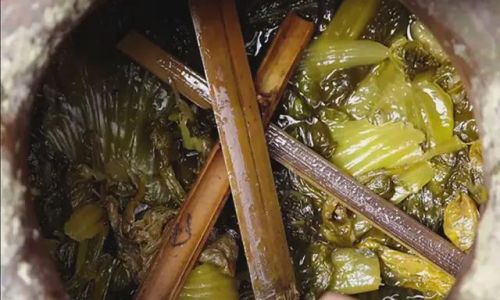
-
Skipping Salt:
While optional, salt aids preservation and texture. Omitting it may require shorter fermentation times.
The Fermentation Phase: What Happens Next?
Once dried, Chaoshan pickled vegetables undergo lacto-fermentation. Dried vegetables are packed into ceramic jars with salt (5-8% by weight), garlic, chili, and sometimes sugar. The mixture is submerged in brine and left to ferment at room temperature (18-25°C/64-77°F) for 7-15 days. During this time, lactic acid bacteria proliferate, producing tangy flavors and preserving the vegetables.
Culinary Applications: Beyond the Jar
Dried and fermented Chaoshan pickled vegetables are incredibly versatile:
- Stir-Fries: Pair with pork, tofu, or seafood for a burst of umami.
- Soups: Add to congee or pork bone soup for depth.
- Condiments: Chop finely and mix with oil as a relish.
- Stuffing: Use in dumplings or spring rolls.
Health Benefits: A Nutritional Powerhouse
- Probiotics: Fermentation introduces beneficial bacteria that aid digestion.
- Vitamins: Retains vitamin C and beta-carotene, which are heat-sensitive.
- Fiber: Supports gut health and satiety.
Conclusion: Patience as a Virtue
Mastering the drying time for Chaoshan pickled vegetables is an exercise in patience and observation. While guidelines suggest 1-3 days under optimal conditions, the true test lies in texture and aroma. A batch perfectly dried will reward you with a ingredient that transcends time—a tangible link to Chaoshan’s culinary heritage. Whether you’re a seasoned cook or a curious novice, the journey from fresh greens to fermented delight is a testament to the alchemy of tradition and technique. So, set aside your timer, trust your senses, and let the sun work its magic. Your taste buds—and your gut microbiome—will thank you.
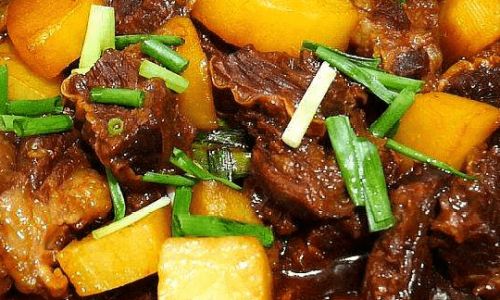

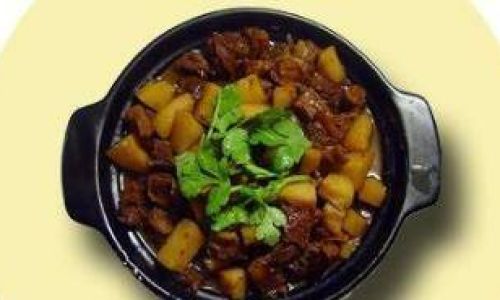
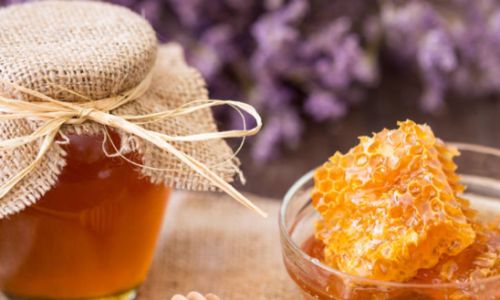
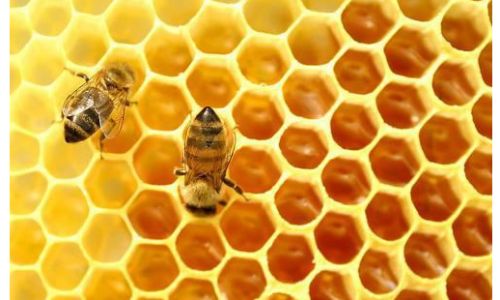
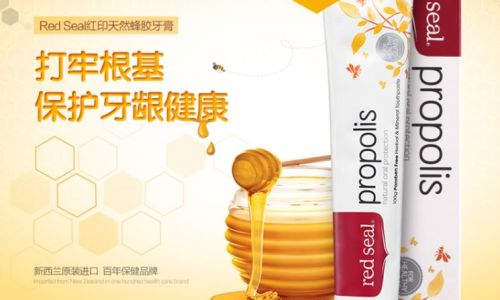
0 comments